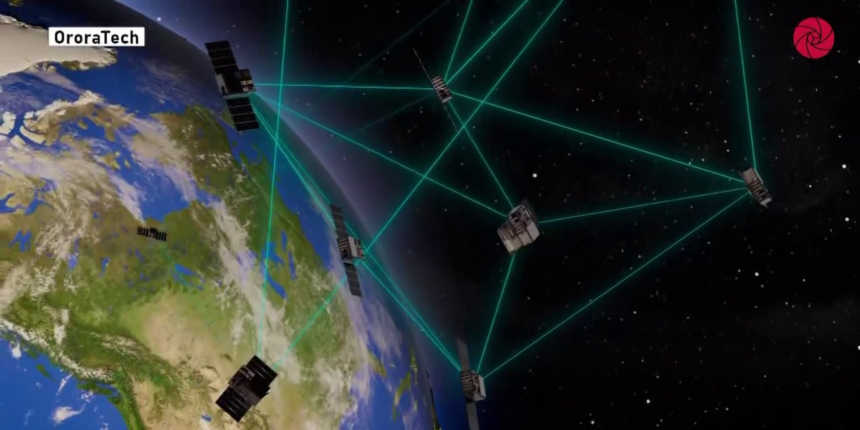FLAGSTAFF, AZ (AZFamily) — When fire hits a remote area, fire watch towers and fire cameras are crucial for early detection. However, now one company is looking to space and using AI to help fight fires.
So far this year, wildfires have burned than 3.7 million acres in the U.S., according to the National Interagency Fire Center.
Robert LaMacchia is the head of business development for OroraTech, a satellite company that monitors wildfires from space.
“I remember my first introduction to fire,” LaMacchia said. “Specifically, the gentleman at the end of the call was talking through the problems in Canada, and he started crying at the end of the call because that’s how much it means to the folks in the fire community.”
The company just entered the U.S. market and has been utilizing 25 public satellites to collect and distribute data to firefighters.
“Space becomes a great element of being able to see sometimes where it cannot be seen,” LaMacchia said.
However, the company just launched eight of its own thermal imaging satellites. The difference is that these are using AI.
“You can use some of our algorithms too to say there’s ignition potential in this area, and that’s really important to have that historical data piece of it,” LaMacchia said. “And then the present part of this is the detection and monitoring.”
LaMacchia said this technology would have been helpful in the early days of the Dragon Bravo Fire because fire crews could monitor it from space and model different fire growth patterns.
“So you can take this data, take that fire spread model and then you can run these at several different factors here because these are all customizable,” he said. “Now with this type of information, then you’re able to push out to see how that fire spread over this time, and you can see it growing in that direction, right before that wind-driven event there. So, this is the way that our fire spread tool can be used by the folks on the ground.”
They have an hour to 30-minute satellite orbit rate, but they are aiming for 10 to 15 minutes. So they want to have 100 of their AI satellites in orbit by the end of the decade.
“There’s a few folks in the space industry that are, that we’re working together to tackle this type of problem, but the more satellites, the better,” LaMacchia said.
They’ll be launching their next stream of eight satellites by the end of this year or early 2026.
See a spelling or grammatical error in our story? Please click here to report it.
Do you have a photo or video of a breaking news story? Send it to us here with a brief description.
Copyright 2025 KTVK/KPHO. All rights reserved.











